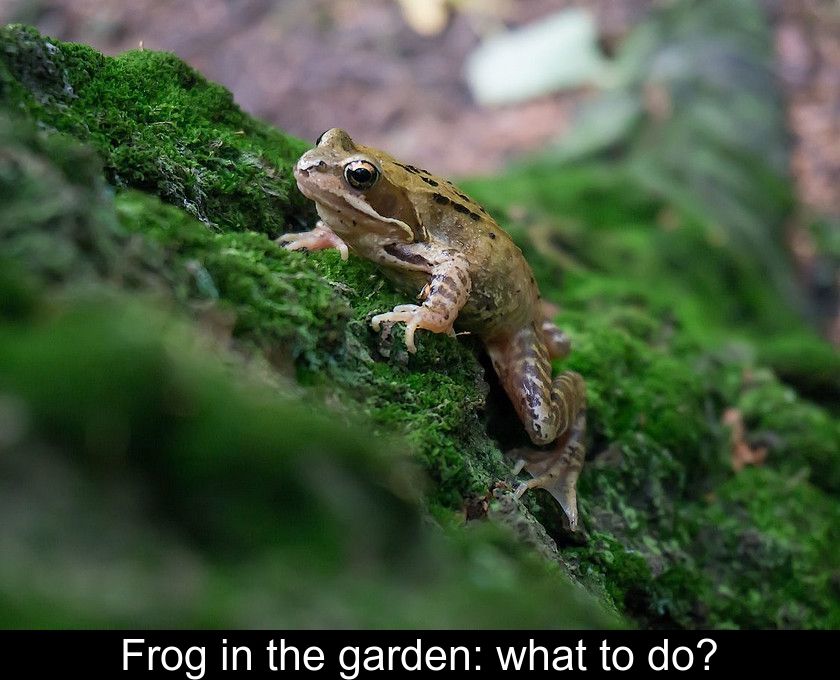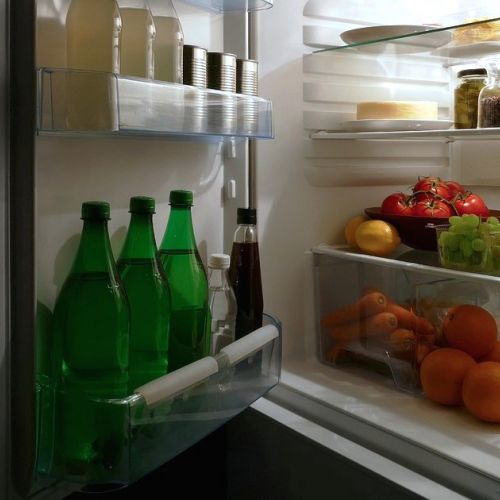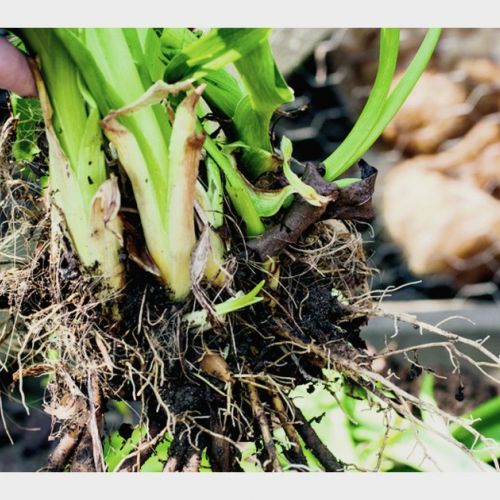Frog In The Garden: What To Do?
If one or more amphibians have taken up residence in your garden, don't worry! These small animals, which are among the endangered species, are friends of the gardener. We explain why it is useful to have a frog in the garden and how to bring the amphibians to your home.
Amphibians are endangered species
It used to be common to come across frogs and toads in gardens but also in the wild, for example while hiking or walking in the forest. Today, the fate of amphibians worries scientists as they are the fourth most endangered group of species, behind breeding birds, freshwater crustaceans and reptiles.
According to the list of threatened species in France, compiled by IUCN, the French Committee of the International Union for Conservation of Nature, 23% of amphibians are disappearing. This decline is mainly due to the fact that they no longer find suitable places to nest.
You can welcome them in your garden
Because of urbanization and degradation of natural environments, amphibians no longer find wetlands to breed, such as ponds, bogs, or wet meadows. Global warming and increasingly frequent periods of drought also contribute to the reduction of these natural environments suitable for amphibians.
In the spring, toads, frogs and newts emerge from their hibernation with the help of the spring humidity and seek out the pond where they were born to reproduce... but very often they do not find water!
If you live near a wet spot, you can help these endangered species by hosting a frog in your garden. To do this, all you need to do is gather conditions in a corner of your yard that are suitable for their nesting.
Prepare a cozy little nest for them
The easiest way to get a frog into the garden is to create a small natural pond. This body of water doesn't have to be large for the amphibians to feel comfortable.
On the other hand, you should check with your local council beforehand to make sure that you have the right to create this type of water body.
Note that it is best to place it in a corner not too sunny of your garden and not too full of trees. Instead, install it below your land so that rainwater will naturally run off into the pond.
When creating this water feature, also be sure to waterproof your natural pond with a tarp or a layer of clay. As far as plants are concerned, leave it to nature: local plants should establish themselves around your pond within a year.
Finally, if you want to create a 5-star lodge for different species of amphibians, you should also :
- Provide a slight slope to facilitate access to the pond
- arrange the pond with variable water depths because some amphibian species appreciate warm water warmed by the sun's rays when others prefer to bury themselves in the ground...
To be noted: do not add fish to this water body, as they might eat the amphibian eggs and tadpoles! But don't worry: your pond won't cause a mosquito invasion at your house because the tadpoles will feed on their larvae, without giving them time to develop.
If you are not allowed to create a pond on your property, you can reserve a shady corner of your garden for the amphibians.
Set up small piles of stones, tiles, or pieces of wood where they can settle in the cool. Even if the frogs don't come there, other animals or birds will be able to take advantage of this shelter... and it's always good to encourage biodiversity in the garden to have healthy plants.
Toads and frogs are useful in the garden
You may be asking yourself: what's the point of going to such lengths to attract toads or frogs to my garden? Just like earthworms, butterflies or pollinating insects such as bees, amphibians are gardener's helpers!
In fact, toads and frogs eat small insects, mosquitoes and flies, but also caterpillars and worms. And if you're lucky enough to attract a toad to your garden, it may even get rid of slugs and snails that are nibbling at your vegetable garden ... One more good reason to create a natural pond near your salads!
If you want to know more about amphibians, I invite you to visit the website of the Conservatoires d'espaces naturels (link below). There you will find information on the national operation Fréquence Grenouille which aims to raise awareness among the general public about the preservation of wetlands and the fauna of aquatic environments.











